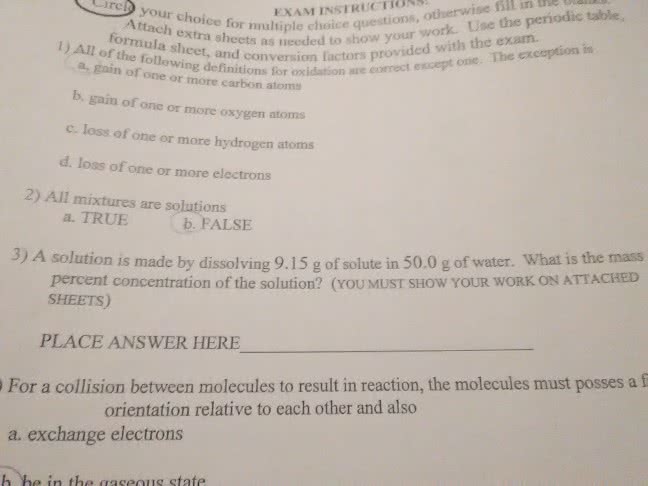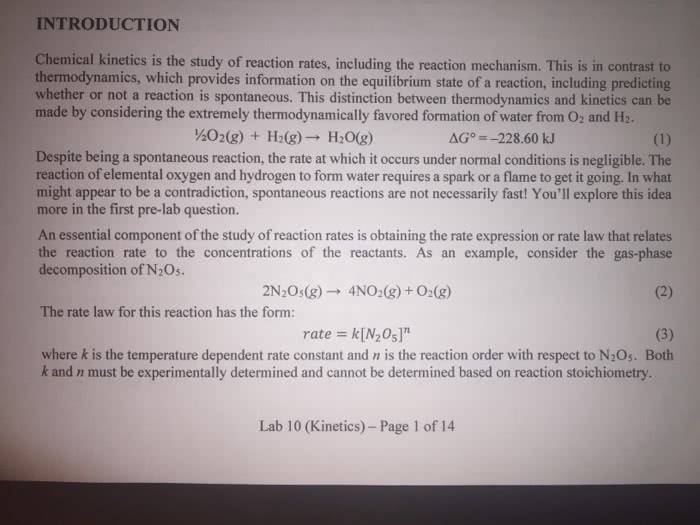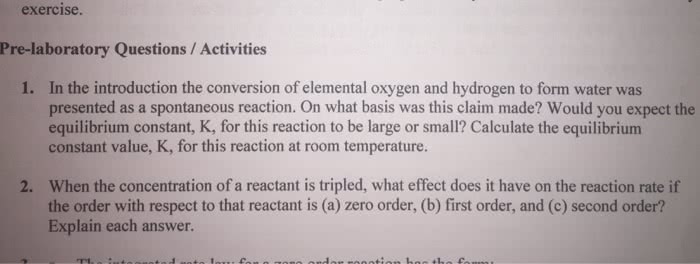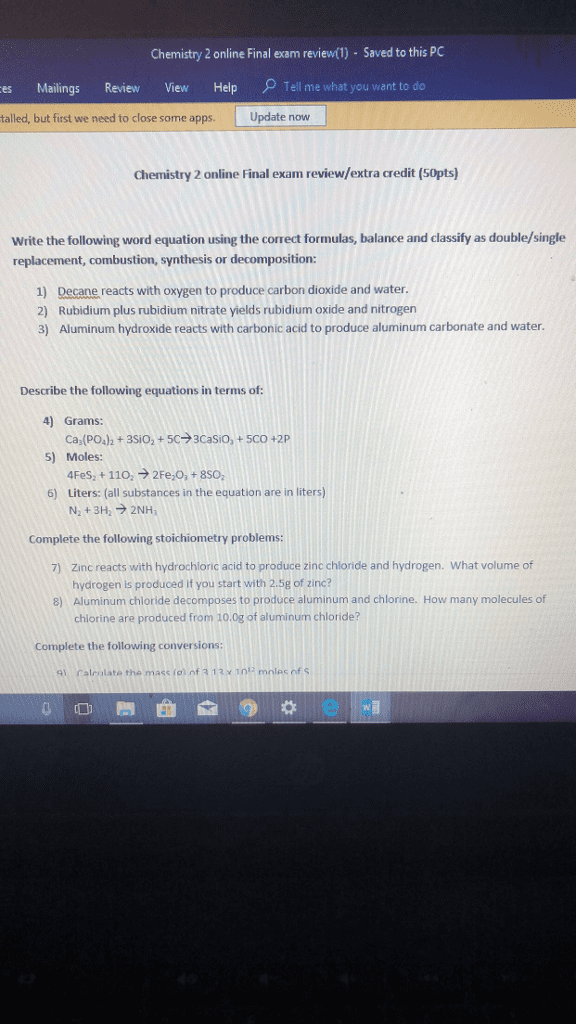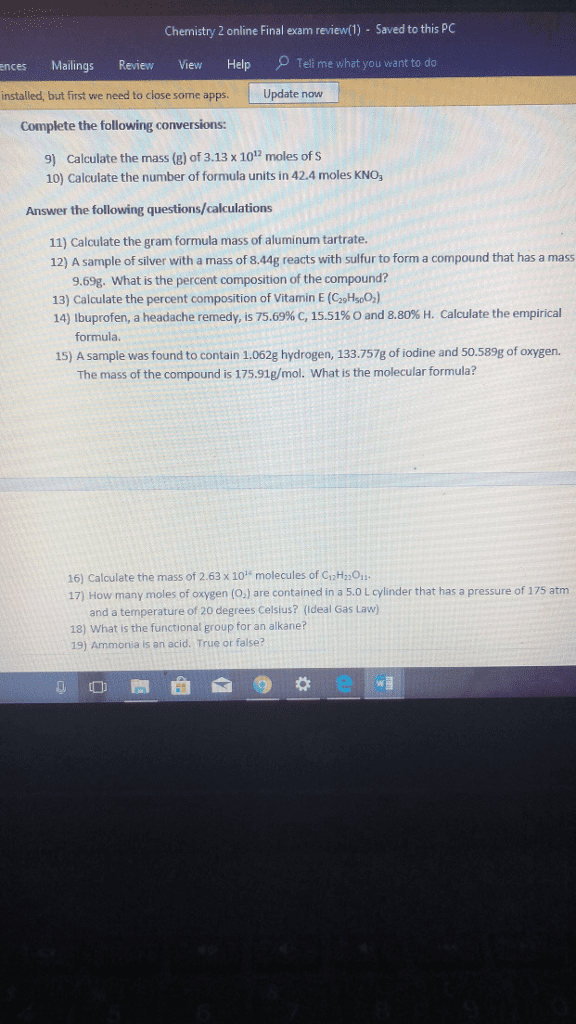CHEM120 Lecture Notes - Mass Spectrometry, Weighted Arithmetic Mean, Stoichiometry
114 views1 pages
19 Feb 2013
School
Department
Course
Professor
Document Summary
Stoichiometry is the quantitative study of the composition and mixtures and of the amount of reactants or produces that are involved in a chemical reaction. A compound is composed of two or more elements and has a fixed composition. An example is how water is always 89% oxygen by mass and 11% hydrogen. Another example is ho ethanol is always 52% carbon and 13% hydrogen and 35% oxygen. A mixture, is composed of two or more substances and has a variable composition. For example, water and ethanol can be mixed in any proportion. Basically, stoichiometry is the study and use of the qualitative relations involving the amounts of matter. In labs, we are, almost usually, restricted to using the samples of matter that are large enough to see and manipulate using laboratory equipment. Those samples mostly contain an uncountable number of molecules and atoms; however, counting atoms and molecules directly is simply out of the question.
Get access
Grade+20% off
$8 USD/m$10 USD/m
Billed $96 USD annually

Homework Help
Study Guides
Textbook Solutions
Class Notes
Textbook Notes
Booster Class
40 Verified Answers
Class+
$8 USD/m
Billed $96 USD annually

Homework Help
Study Guides
Textbook Solutions
Class Notes
Textbook Notes
Booster Class
30 Verified Answers
Related textbook solutions
Chemistry: Structure and Properties
2 Edition,
Tro
ISBN: 9780134293936
Basic Chemistry
5 Edition,
Timberlake
ISBN: 9780134138046
Principles of Chemistry Molecular Approach
4th Edition,
Tro
ISBN: 9780134112831
Principles of Chemistry Molecular Approach
3rd Edition, 2014
Tro
ISBN: 9780321971944
Chemistry: Structure and Properties
2nd Edition,
Tro
ISBN: 9780134293936
Chemistry: A Molecular Approach
3rd Edition,
Tro
ISBN: 9780321809247
Chemistry: A Molecular Approach
5th Edition,
Tro
ISBN: 9780134874371
Principles of Chemistry: A Molecular Approach
4th Edition,
Tro
ISBN: 9780134895741
Chemistry: The Central Science
14th Edition, 2017
Brown
ISBN: 9780134414232

